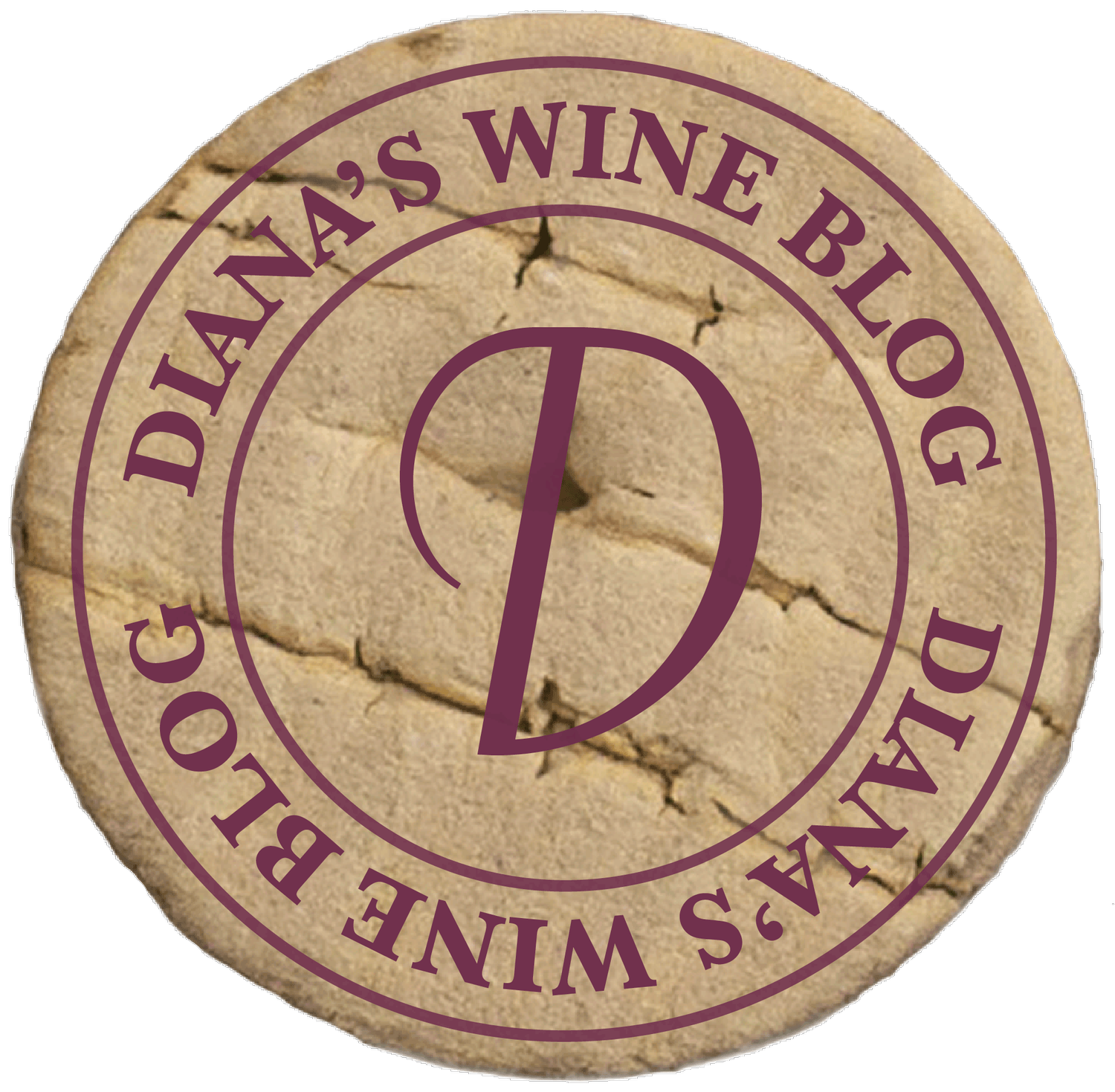Storing Wine Over the Refrigerator or Stove? Oh, No!
All of us have specific preferences for temperature and sunlight. I have mine: It’s a temperature of above 60 degrees with an ample amount of blue sky and not too much moisture (rain, that is). (Hmmm, that sounds like a good argument for living in California…) I discovered my preference while living in the frozen tundra of Minneapolis for several years!
My point is that, just like people have preferences for their “ideal climate,” wine also has its “ideal climate.” If you’ve visited wineries, toured their facilities, and walked through the caves, you can see that the winery is built for temperature control, even if electricity is lost. You’ve likely heard the number “55 degrees” as an ideal temperature for storing wine. Well, it’s all about controlling the reaction in the barrel or the bottle. A bottle of wine will turn to vinegar left to its own devices and open to air.
The goal is to keep a wine fresh and able to age at the proper pace. To do that, we need three things: 1) a constant, cool temperature; 2) the ability to lay the wine on its side; and 3) darkness. (Scientists tell us that vibration can also affect the aging process – I know a lot of loud noise bothers me as well…) A bottle of wine does not care if you put it in an expensive wine cooler or not; it just needs those three things. In the absence of a wine cooler, the bottom of a centrally placed closet will work just fine, assuming your house doesn’t get too warm. Note that I’m referring to red wines that you want to age; most whites and rosés are meant to be drunk while young and fresh.
Today’s wines are more approachable while young; yet they will show different flavors and nuances, actually improve in complexity, as they gain bottle age. I know that the average time for a bottle of wine to be laid down is about 30 minutes – just enough time to get that bottle home from the store! While we can enjoy and appreciate it young, there are secondary flavors and aromas that will not show until the wine ages and evolves.
So, what does temperature have to do with the aging process? Heat accelerates chemical reactions; and, for wine to age properly and at the optimum rate, the best temperature is 55 degrees. You may be wondering whether heating it up will just age it faster and bring out those secondary flavors and aromas more quickly. It really won’t, and too much heat will make a wine taste brackish and flat. Evolution that is fast is not the same as evolution that is beneficial. When I say “heat,” I’m really talking about temperatures above 70 degrees for long periods of time. A young, tannic wine can take a couple of hours at much higher temperatures and bounce back, yet others may suffer from the insult. Your wine also benefits from constant temperature; many fluctuations also stress it. That’s why storing your wine above a refrigerator or stove is a very bad idea.
Storing the wine on its side helps to control the amount of air that gets in through the cork. This keeps the wine in contact with the cork to keep the cork moist, expanded, and pressed up against the sides of the bottleneck. This provides a tight closure with minimal oxygen exposure. This may stimulate a question about whether corks are better than screw tops. That will be the topic for another conversation to come later.
Another Value Wine to Share
I had the pleasure of tasting several wines this week with friends and found another great bargain to pass along. It’s the 2011 Bodegas Breca Granacha de Fuego, and here’s the review from the Wine Advocate:
“The 2011 Garnacha de Fuego, a 100% Grenache cuvee, was aged in both stainless steel and neutral French oak. There are 10,000 cases for the United States. This amazing wine boasts a dark ruby/purple color along with a sweet kiss of jammy black cherries intertwined with crushed rock notes that give the wine an undeniable minerality. As it hits the palate, a full-bodied, voluptuous texture takes hold and the flavor profile moves towards blacker fruits (ripe raspberries and black currants) intermixed with camphor and forest floor. This full-bodied, rich, glycerin-filled effort should drink well for 4-5 years, perhaps longer.”
It was fresh and lively with great fruit and very pleasing as a young wine. Yes, Spanish wines and Grenache are favorites of mine; but this was welcomed by all that night. The price was $7.99! As you can see from the Wine Advocate description, it’s a real bargain; and there’s plenty available with 10,000 cases in the U.S.
Enjoy!
